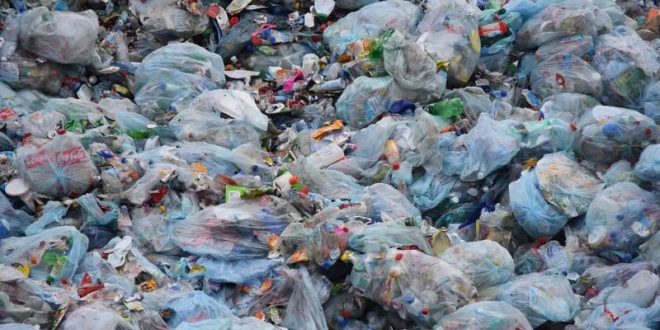One of the world’s most remote islands is polluted with the highest density of plastic debris reported anywhere on the planet, with over 37 million pieces littered on its beaches, a new study has found.
Henderson Island, a designated World Heritage Site and part of the Pitcairn islands group, is a raised coral atoll containing several unique plant, bird and gastropod species. Until recently it was thought to be a pristine ecosystem, unaffected by human activity.
Research published in the journal Proceedings of the National Academy of Sciences (PNAS), however, presents a startling and tragic alternative picture. The island, only 5 km wide and 10 km long, seems to act as a sink for ocean-borne plastic debris, resulting in record levels of non-biodegradable rubbish littering its fringes.
The study, conducted by Jennifer Lavers from Australia’s University of Tasmania and Alexander Bond from Britain’s Royal Society for the Protection of Birds, found up to 670 items of plastic per square metre on and just under the surface on the island’s beaches.
The pair calculate Henderson holds a total of 37.7 million plastic items, collectively weighing around 17.6 tonnes. This would make the plastic litter density “the highest reported anywhere in the world”.
Yet that estimated 17.6 tonnes of debris is equivalent to less than 2 seconds’ worth of the annual global production of plastic.
Lavers and Bond note that oceanic plastic pollution, while widespread, tends to accumulate in remote convergence zones, such as the Great Pacific Garbage Patch.
Lack of data, however, means the final resting (or floating) place of much of the discarded plastic in the world’s oceans remains unknown.
“The end point, or removal mechanism, for some of this plastic likely includes remote islands such as Henderson, which have become reservoirs for the world’s waste,” they report.
Floating plastic debris represents multiple threats to wildlife and the environment. About 55% of the world’s seabird species, and a large number of marine organisms, are known to be at risk from plastic pollution, according to their study.
When significant volumes of debris accumulate on somewhere such as Henderson Island – 5,000 km from the nearest significant human habitation – the researchers say the problem is further exacerbated, because “prevention or mitigation is extremely challenging and costly and requires considerable time”.
Agencies/Canadajournal
 Canada Journal – News of the World Articles and videos to bring you the biggest Canadian news stories from across the country every day
Canada Journal – News of the World Articles and videos to bring you the biggest Canadian news stories from across the country every day



